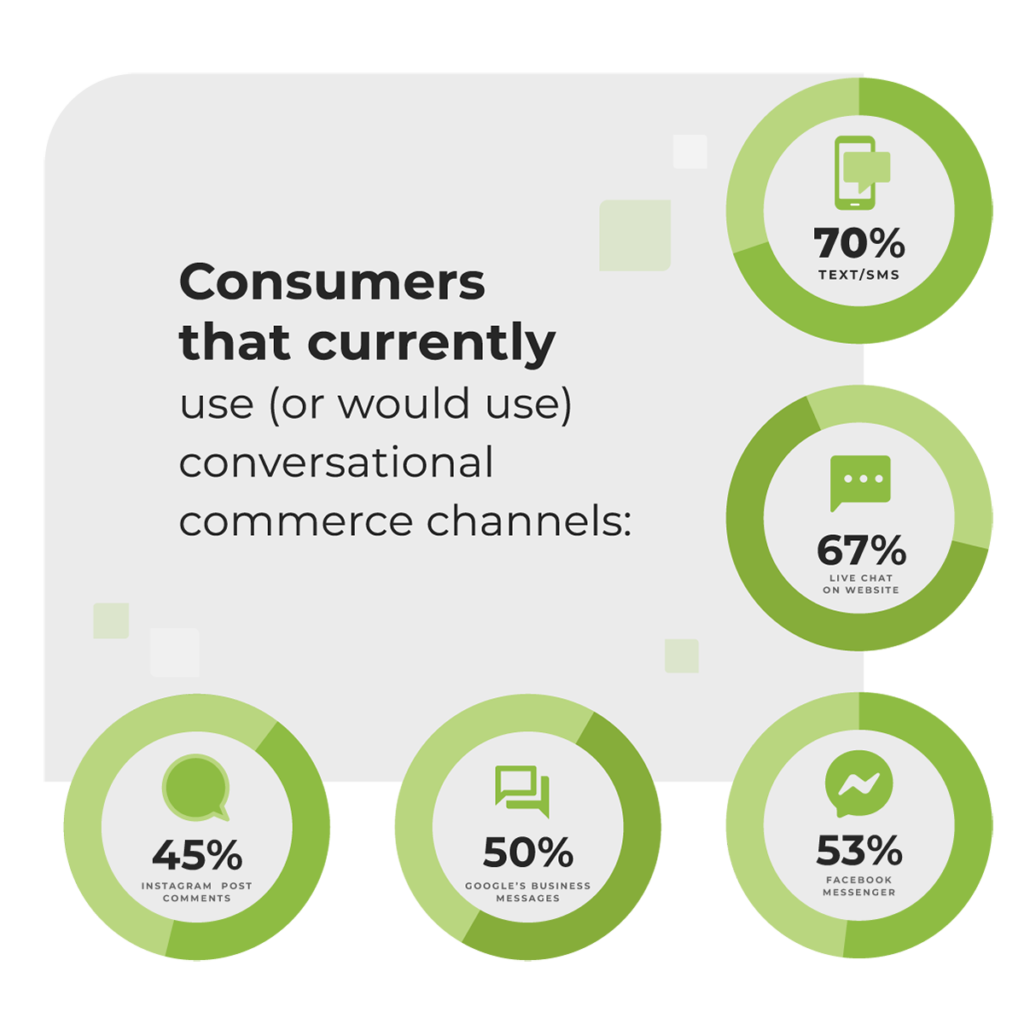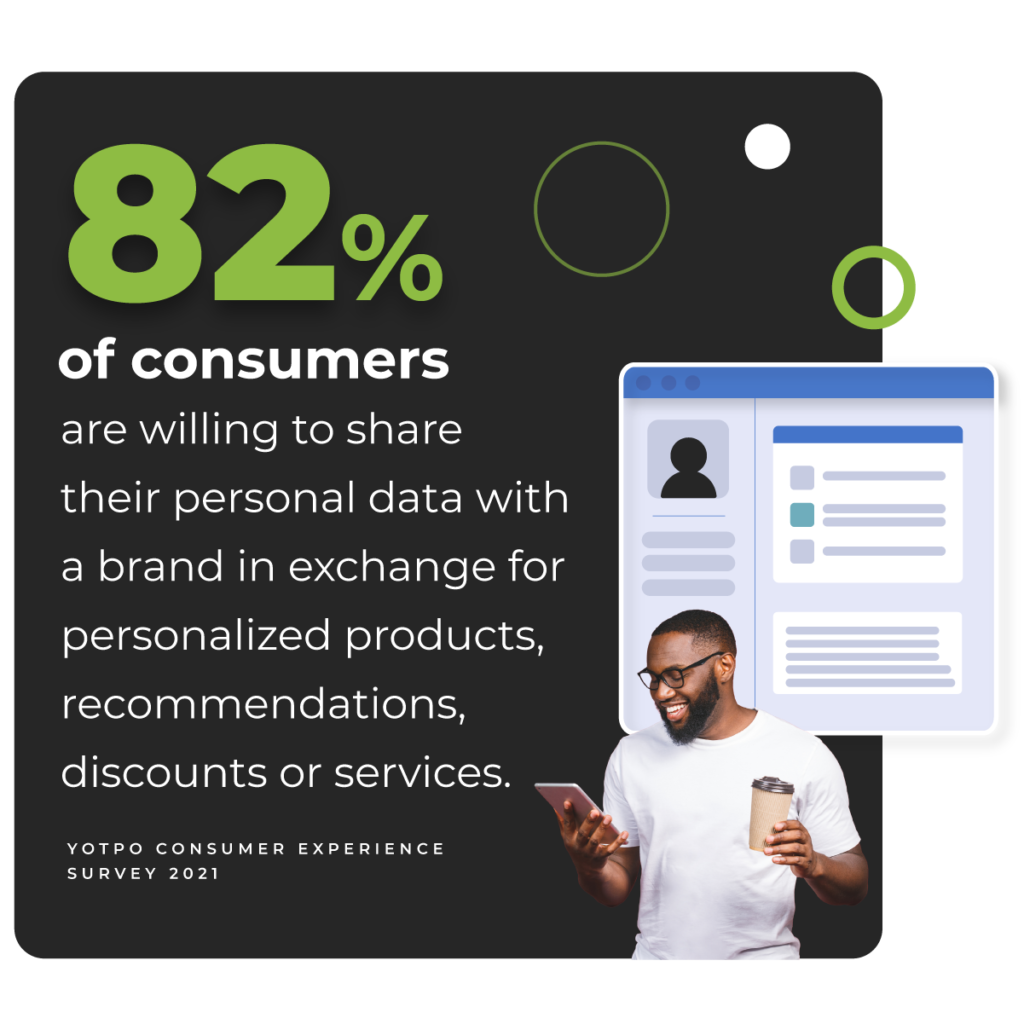1440’s Key Takeaways from Shoptalk 2022

A few weeks ago, the team at 1440 headed to Las Vegas for Shoptalk 2022, one of our favorite events of the year. And it certainly didn’t disappoint.
The event was billed as “retail’s big reunion.” And that’s exactly what it felt like. After a long hiatus from in-person events, it was great to reconnect with old friends – and meet some new ones too.
This year, we didn’t just attend Shoptalk. We also sponsored the event and had a booth in the expo hall. This gave us the opportunity to chat with more brands and retailers to hear about their challenges – and discuss how 1440’s suite of solutions can help them overcome these challenges and deliver better experiences throughout the customer lifecycle.
We also enjoyed having the chance to connect with some of our awesome partners and fellow event sponsors, including Salesforce, Google, Bazaarvoice, PowerReviews, Yotpo, Pixlee TurnTo, DesktopShippers, Rakuten, ChannelAdvisor, Syndigo, Avalara, and PayPal. Of course, we keep in contact with these partners regularly, but there’s just something different about meeting in-person.
One thing’s for sure: in-person events are back, and we couldn’t be more excited.
Shoptalk Top 11 Takeaways List
The world of retail has changed a lot since the last in-person Shoptalk. eCommerce has exploded. The role of the store has changed. Shoppers’ expectations have never been higher. And that’s just the tip of the iceberg.
Retailers face new, significant challenges in this “new normal.” But there are also plenty of big opportunities for agile retailers.
The sessions during Shoptalk covered a wide array of these key challenges and opportunities. However, there were some common, recurring themes throughout the entire event.
On the last day of Shoptalk, there was a session that shared these 11 key takeaways from the event:
- The store is back
- Profits are the new sales
- New channels
- Checkout and payments
- Authenticity
- Sustainability
- Loyalty
- Consumer personalities
- New frontier of data = emotional intelligence
- Cookie-less world: get used to it
- Supply chain challenges
Let’s dive deeper into two of these focus areas: new channels and the cookie-less world.
New Channels
In the (not-so-distant) past, the primary way for consumers to browse, buy, and interact with brands was to visit a brick-and-mortar store. But that’s no longer the case.
Of course, a growing portion of consumers are embracing online shopping – a trend that accelerated at the onset of the pandemic. But oftentimes, eCommerce websites and mobile apps fail to deliver the engaging experiences consumers crave. As such, they’re turning to new shopping channels – including live shopping and the metaverse, among others, to get those engaging experiences – right from the comfort of home.
Conversational Commerce is Growing
Another channel that is gaining favor is conversational commerce.
As the name suggests, conversational commerce is the practice of engaging in (digital) conversations with customers – with the ultimate goal of making a sale. The brands that have the greatest success with conversational commerce are those that leverage a combination of automated responses (think chatbots and digital assistants) as well as real-time conversations that take place via live chat, SMS, or a messaging app. Check out some examples of conversational commerce in action in our recent blog.
Why should brands pay attention to this emerging channel? Today, nearly 91% of internet users across the globe use chat or messaging apps. And increasingly, consumers want to connect with brands through these same channels. Based on our recent survey, here’s a snapshot of the portion of consumers that current use (or are open to using) the following conversational commerce channels:

- Text/SMS: 70%
- Live chat: 67%
- Facebook Messenger: 53%
- Google’s Business Messages: 50%
- Instagram Messenger: 58%
By engaging with consumers via their preferred channels, brands are better equipped to increase sales and drive loyalty.
Of course, each consumer has different channel preferences. To meet expectations, brands must be equipped to manage a whole host of conversational commerce channels. With a solution like Messaging Studio from 1440, it’s easier to manage all of your customers’ preferred conversational commerce channels – right within Salesforce.
Feedback Channels are Evolving
In addition, the channels consumers use to share feedback are changing. Rather than visiting the customer service desk at a store or calling a customer service phone number, many consumers are sharing their feedback by writing reviews. Our survey about the role of user-generated content in the purchase journey found that positive and negative experiences alike motivate shoppers to write reviews.
Brands must have a plan to place to effectively manage this feedback. This is no small task, as brands typically have reviews streaming in from a number of different sources – including their own dot com, retail partners, and marketplaces including Amazon. But with a solution like Reputation Studio from 1440, brands can consolidate all reviews – and manage and respond to them all directly from Salesforce.
Brands with a global presence must also have the tools to break down language barriers – and respond to reviews in the language in which they were written. If they do, they’re more likely to keep the customer long-term. A survey from CSA Research found that 75% of consumers are more likely to purchase from a brand again if customer care is available in their preferred language. Technology like Translation Studio from 1440 makes this possible.
A Cookie-less World
The “death of the cookie” is something that’s been foretold for years. But it’ll finally be a reality next year, when Google plans to join Apple and Mozilla in dropping support for third-party cookies.
At the same time, consumers continue to demand personalized experiences throughout the shopping journey. A phrase we heard a lot at Shoptalk was “personalization is the new loyalty.”
How can brands deliver these personalized experiences at a time when third-party data is diminished?
During the event, Krystina Gustafson, the SVP of Content for Shoptalk, as well as speakers from eBay, The Yes, and WW discussed the increasing importance of “zero party data” – which is data that consumers voluntarily share with brands and retailers. Though it has traditionally caused friction to collect this data, modern shoppers are willing to provide it – if there’s something in it for them. According to a survey from our friends at Yotpo, 82% of consumers are willing to share their personal data with a brand in exchange for personalized products, recommendations, discounts, or services.

In order to deliver personalized experiences, brands must focus on collecting more of this “zero party” data. But how? For starters, let consumers know what they’ll get in exchange for this data – for example, more personalized offers or experiences. And, be sure they know they have the ability to opt-out in the future.
Conversational commerce channels can be particularly effective for collecting this data. After delivering a great experience via one of these channels, there’s often an opportunity to collect customer data. For example, customer service representatives can send a happy prospect a form to request a trial, quote or other download. This data will allow the brand to deliver more targeted marketing and experiences to the consumer – which will ideally lead to a sale (and long-term loyalty).
Consumer Expectations are Shifting. Are You Ready for It?
We left Shoptalk feeling excited and energized about the year ahead. Though brands and retailers are sure to face challenges, there are also big opportunities. The brands that’ll be most successful are those that keep a constant pulse on consumer preferences and expectations – and are ready to adapt their strategies accordingly to connect with shoppers and deliver personalized, engaging experiences, regardless of channel.